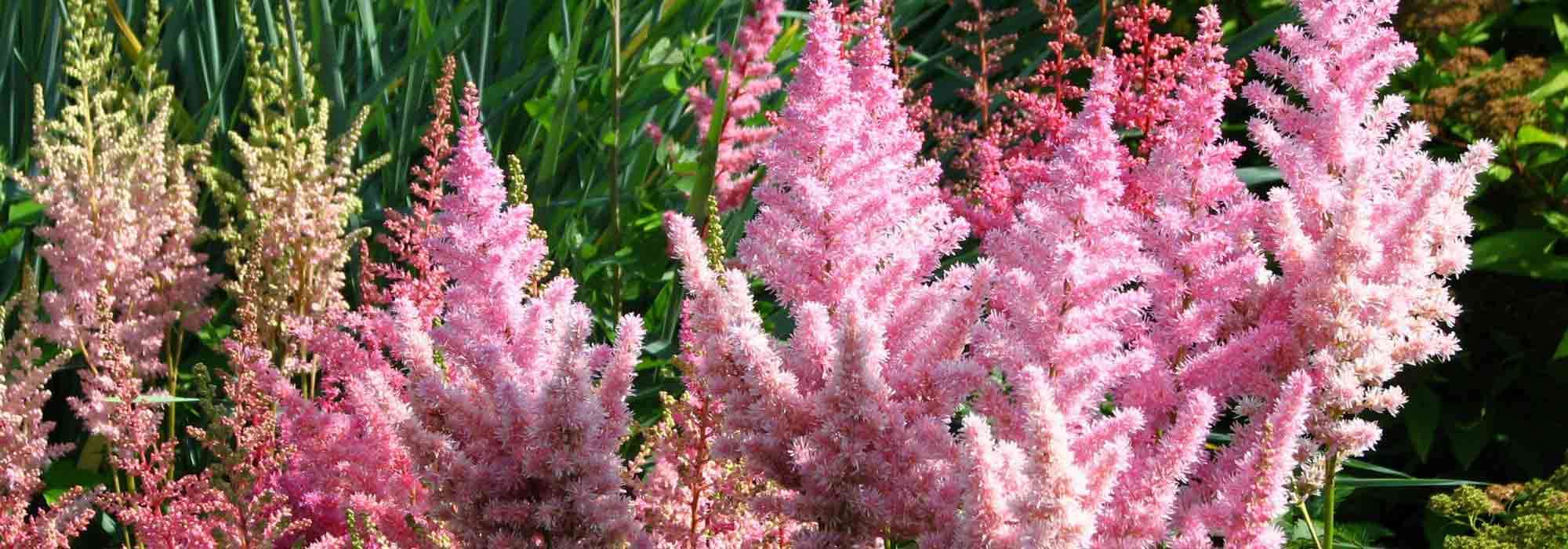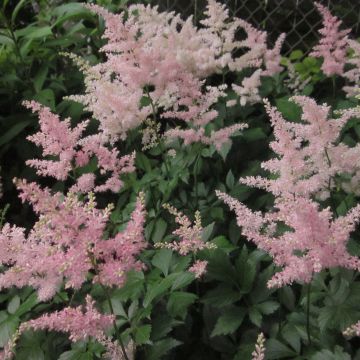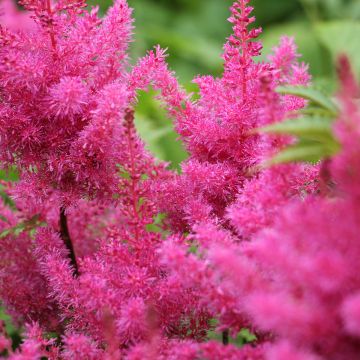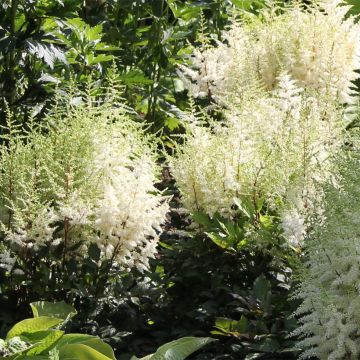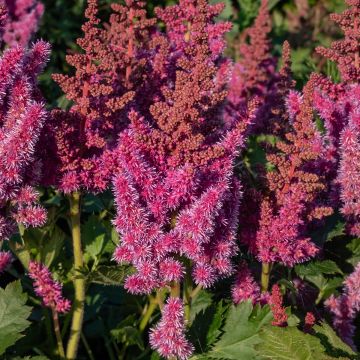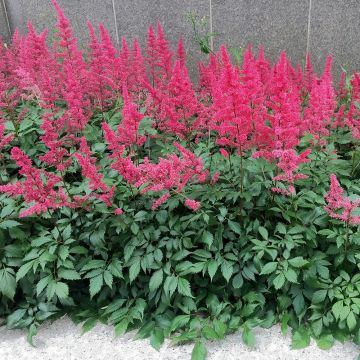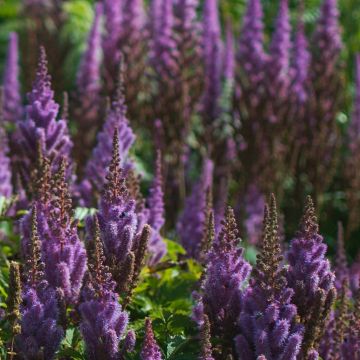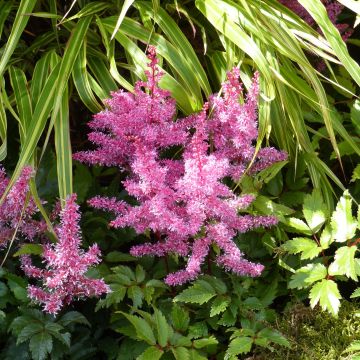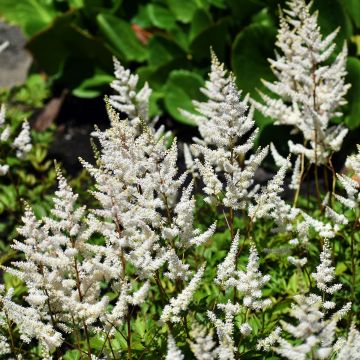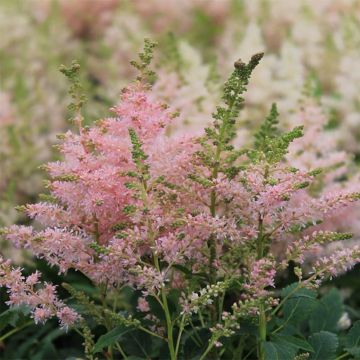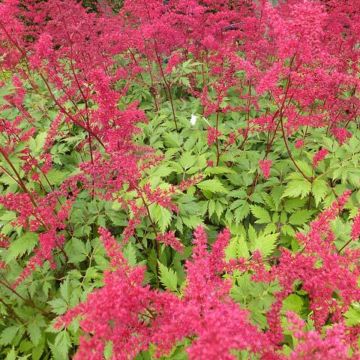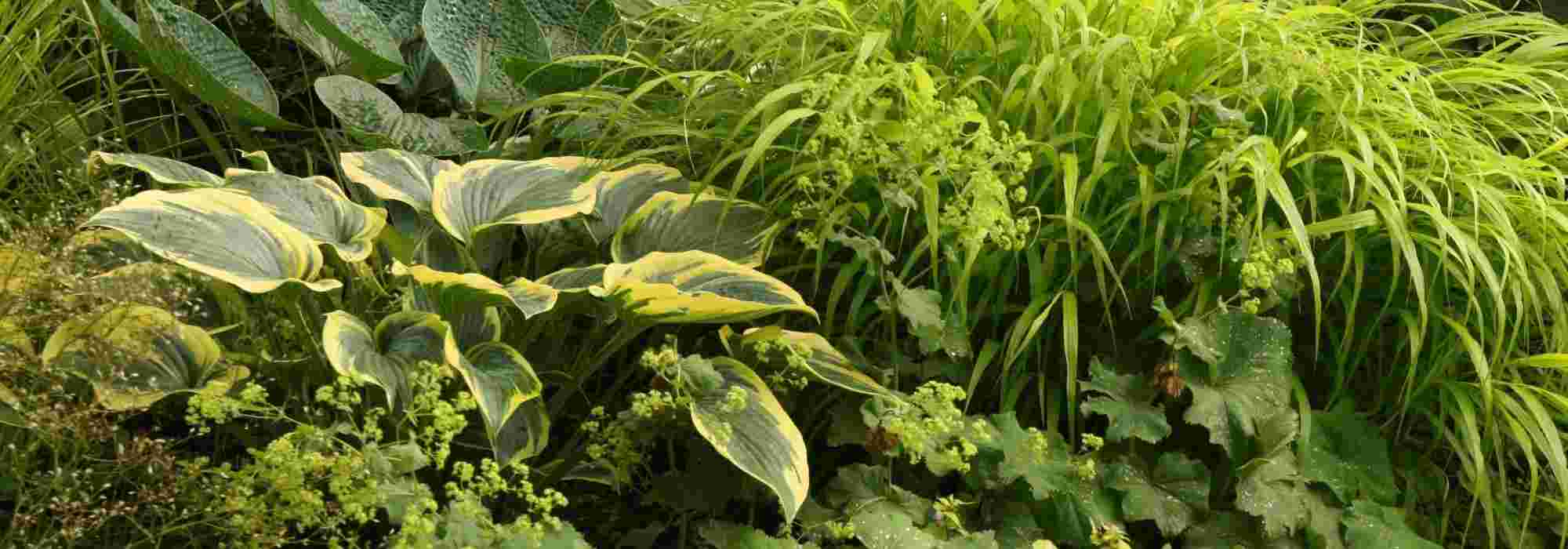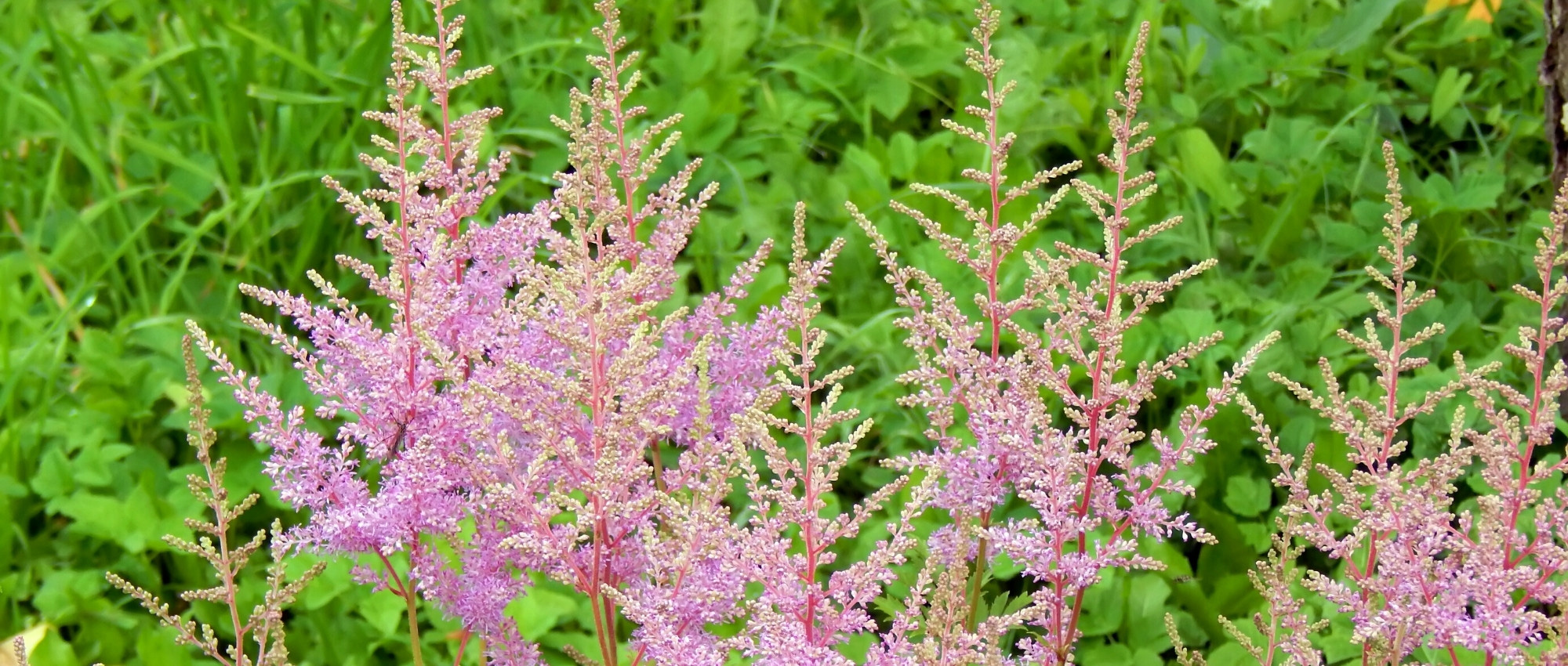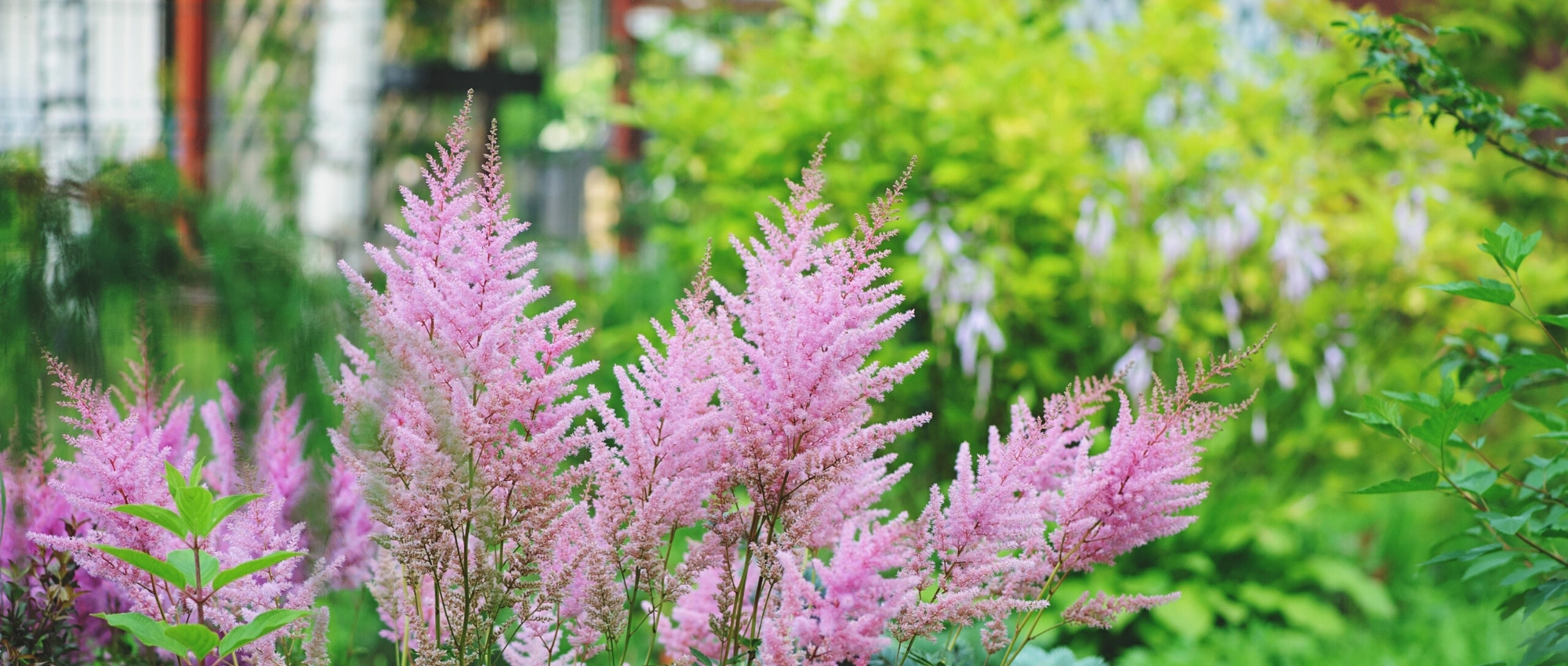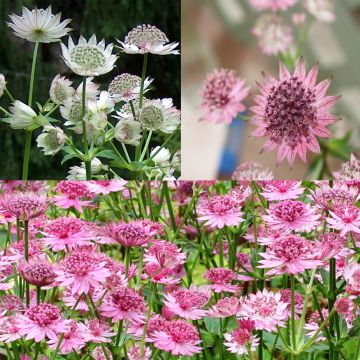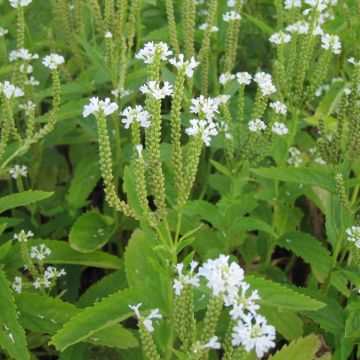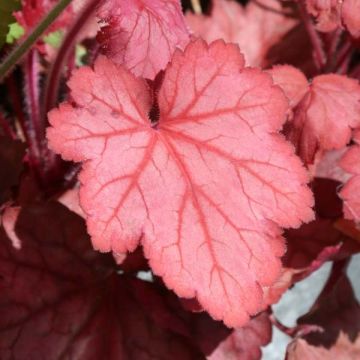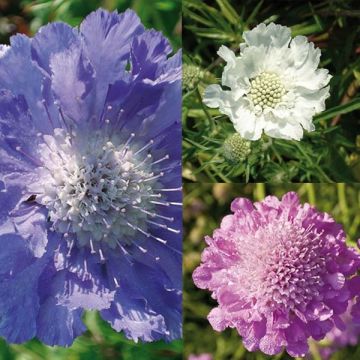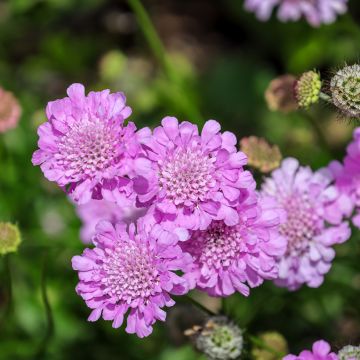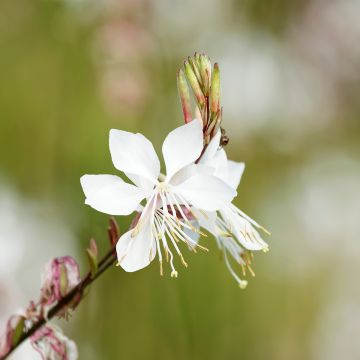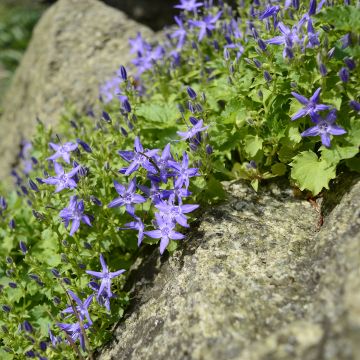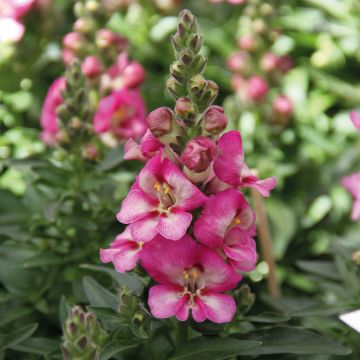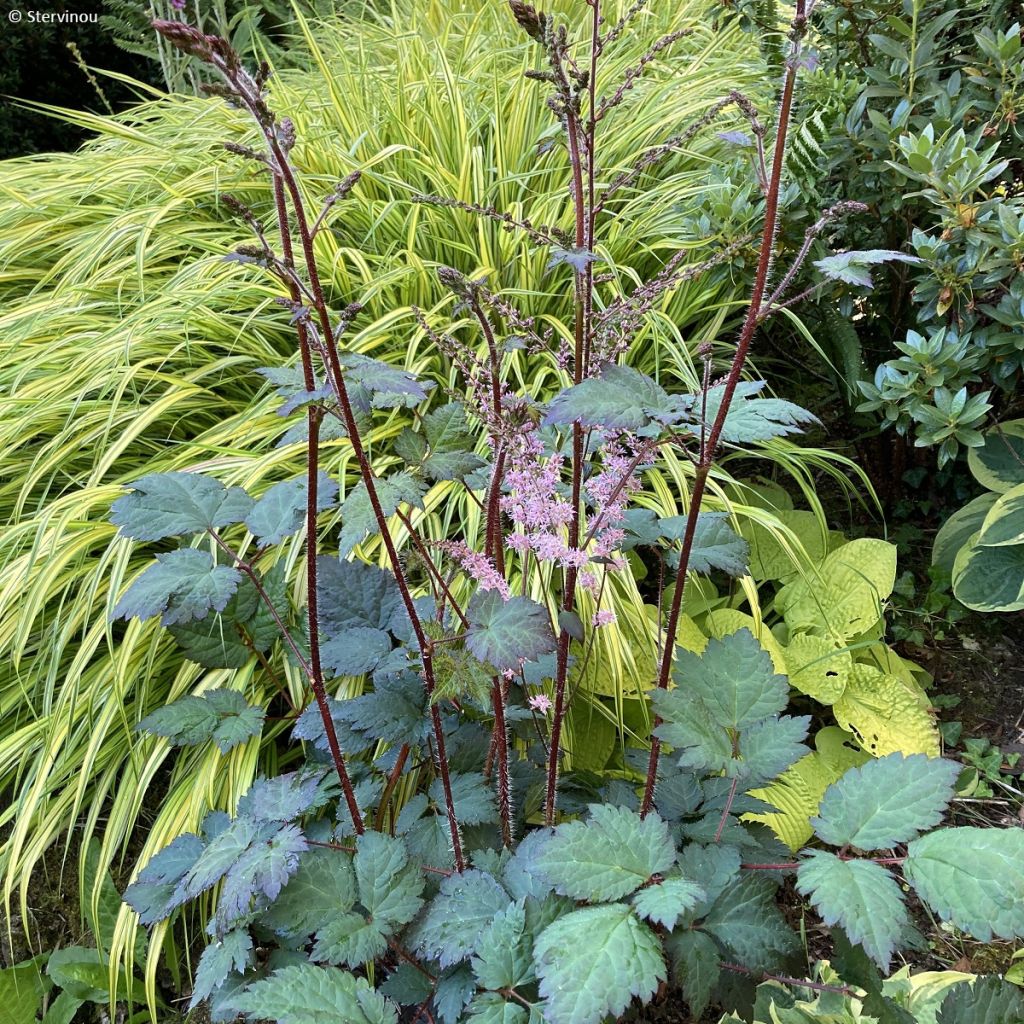

Astilbe Color Flash
Astilbe Color Flash
Astilbe x arendsii Colour Flash
Arendsii Astilbe, False Goat's Beard, False Spirea
Special offer!
Receive a €20 voucher for any order over €90 (excluding delivery costs, credit notes, and plastic-free options)!
1- Add your favorite plants to your cart.
2- Once you have reached €90, confirm your order (you can even choose the delivery date!).
3- As soon as your order is shipped, you will receive an email containing your voucher code, valid for 3 months (90 days).
Your voucher is unique and can only be used once, for any order with a minimum value of €20, excluding delivery costs.
Can be combined with other current offers, non-divisible and non-refundable.
Home or relay delivery (depending on size and destination)
Schedule delivery date,
and select date in basket
This plant carries a 12 months recovery warranty
More information
We guarantee the quality of our plants for a full growing cycle, and will replace at our expense any plant that fails to recover under normal climatic and planting conditions.

Does this plant fit my garden?
Set up your Plantfit profile →
Description
Astilbe 'Color Flash', also known as Astilbe 'Beauty of Ernst', is a new hybrid variety as attractive for its variegated green and burgundy-red foliage, which takes on magnificent shades in autumn, as it is for its large panicles of small pink-red to beige flowers in summer. This hardy perennial astilbe tolerates full sun in consistently moist soil. It is ideal for adding a touch of charm to wet areas in the garden or for adorning a large container, with careful watering. Its feathery inflorescences remain very attractive in dried bouquets.
The Genus Astilbe belongs to the Saxifragaceae family, and results from multiple crossbreeding between different species (A. astilboides, A. davidii, A. japonica, A. thunbergii.), producing numerous horticultural hybrids selected for the beauty of their flowers. 'Color Flash' is among the latest cultivars chosen not only for their flowering, but also their original and colourful foliage. It is a rhizomatous and stoloniferous perennial plant, forming upright and bushy, spreading tufts. The plant will reach 60 cm (24in) high when in flower, 40 cm (16in) for the foliage, spreading over 40 to 50 cm (16 to 20in). It is a perennial with good longevity, with deciduous compound foliage composed of toothed leaflets, initially acid green in spring and particularly appealing with their glossy appearance. The leaves gradually colour over the weeks with dark red to purple spots. Towards the end of the season, the foliage has beautiful golden, orange, and rust tones. Flowering occurs from late spring to early summer, in the form of feathery panicles 20 to 25 cm (8 to 10in) long, composed of tiny dark pink to light pink flowers, fading to beige-pink before wilting.
Astilbe 'Color Flash' can easily be grown in containers, flower beds, or borders or as cut flowers for drying. It is ideal near ponds and streams, and also thrives at the edge of woodland, under trees, or at the base of a hedge, in consistently moist soil. Pair them with Hostas, Ferns, Arums, Rodgersia, or Goat's Beard. These plants can be forced in a greenhouse for early flowering.
Arends' astilbe hybrids present less risk of allergies than other varieties.
Astilbe Color Flash in pictures
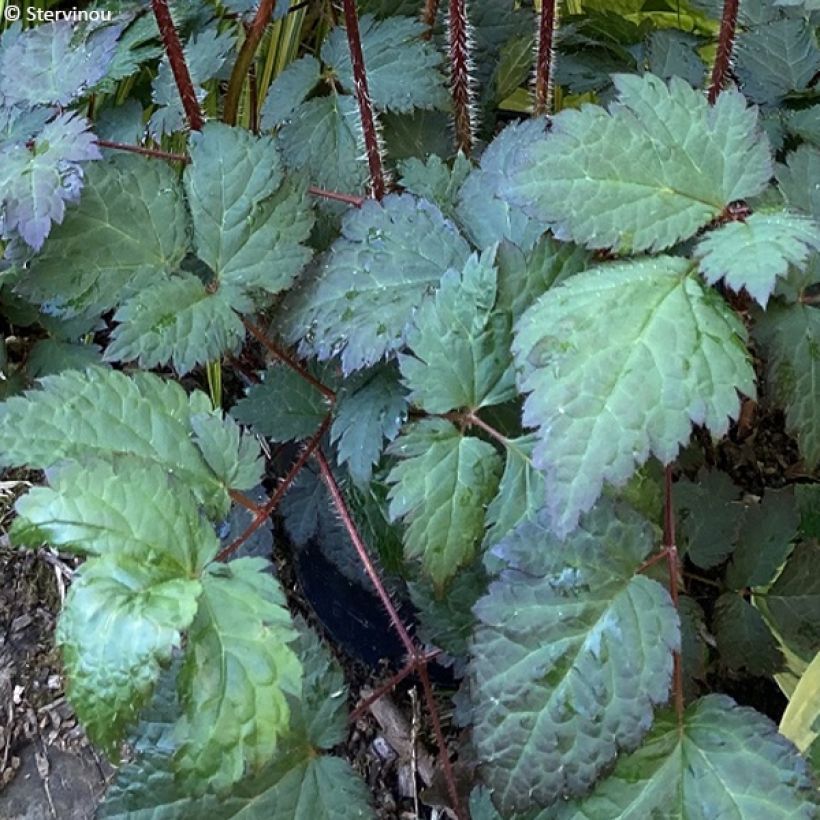

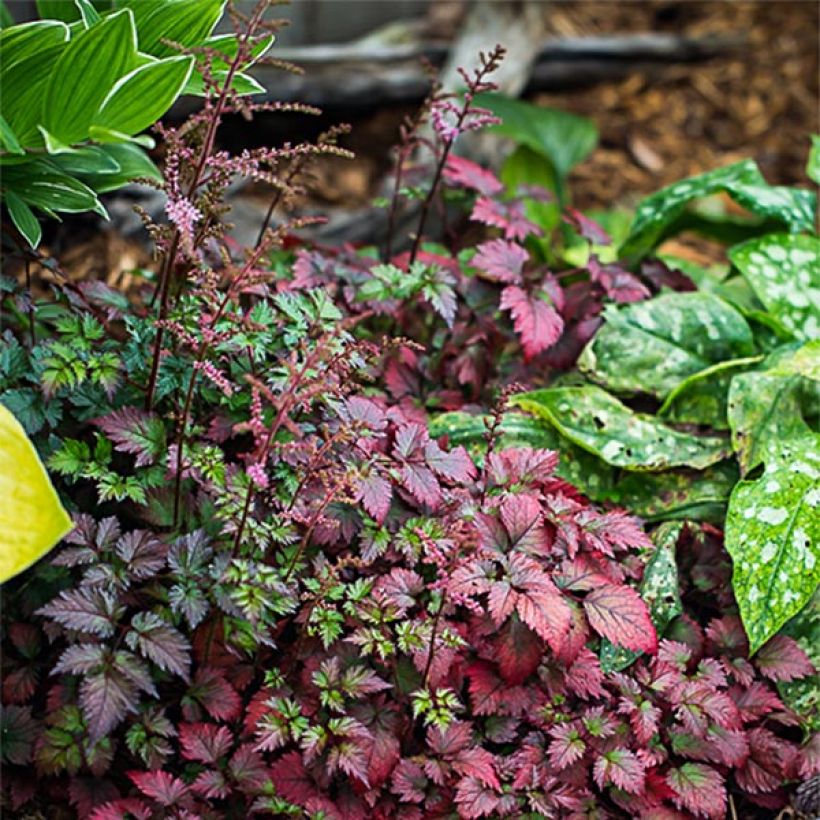

Flowering
Foliage
Plant habit
Botanical data
Astilbe
x arendsii
Colour Flash
Saxifragaceae
Arendsii Astilbe, False Goat's Beard, False Spirea
Beauty of Ernst'
Cultivar or hybrid
Other Astilbe - False Goatsbeard
View all →Planting and care
Plant Astilbe Colour Flash in moist to damp, rich, neutral to acidic soil. This hybrid cannot tolerate drought. The plant adapts well to clay soils if they are healthy and fertile. Note that Astilbes do not tolerate being flooded in winter. Plant Astilbe in partial shade or in a sunny but not scorching location: in nature, these plants grow in moist woodlands. They will need daily watering in hot summers. Prune faded flowers to promote better foliage development. Alternatively, leave the flower stalks in place to decorate the garden during the winter season, simply remove them the following spring. Avoid digging near these plants, as the rootstocks develop near the surface. These plants are resistant to diseases and rarely attacked by insects.
Planting period
Intended location
Care
Planting & care advice
-
, onOrder confirmed
Reply from on Promesse de fleurs
Similar products
Haven't found what you were looking for?
Hardiness is the lowest winter temperature a plant can endure without suffering serious damage or even dying. However, hardiness is affected by location (a sheltered area, such as a patio), protection (winter cover) and soil type (hardiness is improved by well-drained soil).

Photo Sharing Terms & Conditions
In order to encourage gardeners to interact and share their experiences, Promesse de fleurs offers various media enabling content to be uploaded onto its Site - in particular via the ‘Photo sharing’ module.
The User agrees to refrain from:
- Posting any content that is illegal, prejudicial, insulting, racist, inciteful to hatred, revisionist, contrary to public decency, that infringes on privacy or on the privacy rights of third parties, in particular the publicity rights of persons and goods, intellectual property rights, or the right to privacy.
- Submitting content on behalf of a third party;
- Impersonate the identity of a third party and/or publish any personal information about a third party;
In general, the User undertakes to refrain from any unethical behaviour.
All Content (in particular text, comments, files, images, photos, videos, creative works, etc.), which may be subject to property or intellectual property rights, image or other private rights, shall remain the property of the User, subject to the limited rights granted by the terms of the licence granted by Promesse de fleurs as stated below. Users are at liberty to publish or not to publish such Content on the Site, notably via the ‘Photo Sharing’ facility, and accept that this Content shall be made public and freely accessible, notably on the Internet.
Users further acknowledge, undertake to have ,and guarantee that they hold all necessary rights and permissions to publish such material on the Site, in particular with regard to the legislation in force pertaining to any privacy, property, intellectual property, image, or contractual rights, or rights of any other nature. By publishing such Content on the Site, Users acknowledge accepting full liability as publishers of the Content within the meaning of the law, and grant Promesse de fleurs, free of charge, an inclusive, worldwide licence for the said Content for the entire duration of its publication, including all reproduction, representation, up/downloading, displaying, performing, transmission, and storage rights.
Users also grant permission for their name to be linked to the Content and accept that this link may not always be made available.
By engaging in posting material, Users consent to their Content becoming automatically accessible on the Internet, in particular on other sites and/or blogs and/or web pages of the Promesse de fleurs site, including in particular social pages and the Promesse de fleurs catalogue.
Users may secure the removal of entrusted content free of charge by issuing a simple request via our contact form.
The flowering period indicated on our website applies to countries and regions located in USDA zone 8 (France, the United Kingdom, Ireland, the Netherlands, etc.)
It will vary according to where you live:
- In zones 9 to 10 (Italy, Spain, Greece, etc.), flowering will occur about 2 to 4 weeks earlier.
- In zones 6 to 7 (Germany, Poland, Slovenia, and lower mountainous regions), flowering will be delayed by 2 to 3 weeks.
- In zone 5 (Central Europe, Scandinavia), blooming will be delayed by 3 to 5 weeks.
In temperate climates, pruning of spring-flowering shrubs (forsythia, spireas, etc.) should be done just after flowering.
Pruning of summer-flowering shrubs (Indian Lilac, Perovskia, etc.) can be done in winter or spring.
In cold regions as well as with frost-sensitive plants, avoid pruning too early when severe frosts may still occur.
The planting period indicated on our website applies to countries and regions located in USDA zone 8 (France, United Kingdom, Ireland, Netherlands).
It will vary according to where you live:
- In Mediterranean zones (Marseille, Madrid, Milan, etc.), autumn and winter are the best planting periods.
- In continental zones (Strasbourg, Munich, Vienna, etc.), delay planting by 2 to 3 weeks in spring and bring it forward by 2 to 4 weeks in autumn.
- In mountainous regions (the Alps, Pyrenees, Carpathians, etc.), it is best to plant in late spring (May-June) or late summer (August-September).
The harvesting period indicated on our website applies to countries and regions in USDA zone 8 (France, England, Ireland, the Netherlands).
In colder areas (Scandinavia, Poland, Austria...) fruit and vegetable harvests are likely to be delayed by 3-4 weeks.
In warmer areas (Italy, Spain, Greece, etc.), harvesting will probably take place earlier, depending on weather conditions.
The sowing periods indicated on our website apply to countries and regions within USDA Zone 8 (France, UK, Ireland, Netherlands).
In colder areas (Scandinavia, Poland, Austria...), delay any outdoor sowing by 3-4 weeks, or sow under glass.
In warmer climes (Italy, Spain, Greece, etc.), bring outdoor sowing forward by a few weeks.






























